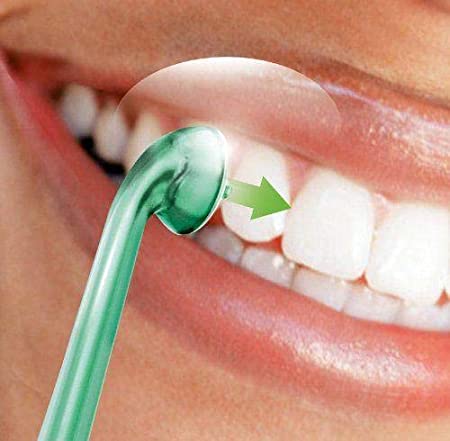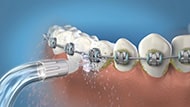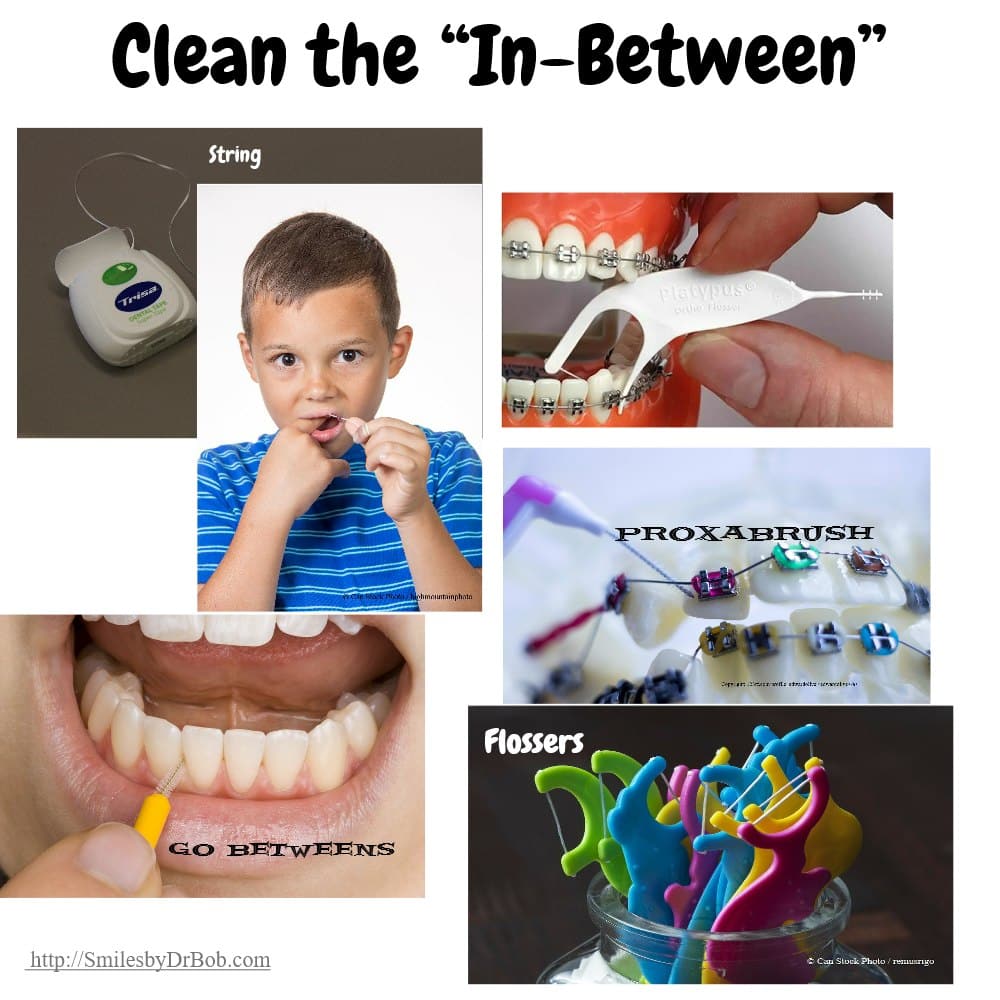Electric Flossing tools can promote healthy dental hygiene. Water Pik and Sonicare AirFloss are two of them. WaterPik and other water flossers use a continuous stream of water, while Air Flossers rely on the blast or air rather than the micro-droplets of water delivered with the air. As a result, some dentists believe it removes more plaque than the air flosser and is more effective in reducing gingivitis.
Using the Air Flosser is quite simple. First, the guide on the tip of the air flosser directs you along to the spaces between your teeth. Then, you click for the blast of air and micro-droplets of water to do its work. You can air floss your whole mouth in just half a minute.
A Water Pik or water flosser tends to be messier, but many dental professionals think it does a better job at removing plaque than the air flosser.
Patients with braces or fixed bridges benefit from a water or air flosser because those tools can loosen the debris that string floss is difficult to reach. Additionally, these instruments are great for preventing gum disease; they clean gum pockets that floss may be unable to get. They serve a need specifically for gum health that traditional floss does not fulfill.
Many patients wonder if an air flosser or water flosser can replace manual string flossing or even brushing (!) NEVER!
However, most dentists and dental hygienists still value regular string flossing. They recommend string flossing even with an air or water flosser. String flossing physically scrapes the tooth to remove plaque; no other technology can beat that scraping motion.
Of course, the best flossing tool will be the one you will actually use daily. But, all professionals agree that neither the water nor the air flosser takes the place of a toothbrush.
Sources and Credits: WaterPik, Phillips Sonicare, American Dental Association.com, Self.com, Mouthhealthy.org, Verywellhealth.comWeb MD., Mayo Clinic.com, smilesarasota.com/string-water-or-air/




